Innovation hubs: Zimbabwe saves US$12 million on imports

Nqobile Tshili, Chronicle Reporter
THE establishment of innovation hubs and industrial parks at the country’s State universities in pursuit of the heritage-based Education 5.0 model has started bearing fruits, with the country saving US$12 million in imports.
President Mnangagwa has said innovation hubs and industrial parks will propel Zimbabwe’s modernisation and industrialisation through the local production of goods and services.
Universities with innovation hubs and industrial parks so far are the National University of Science and Technology, Midlands State University, University of Zimbabwe, Harare Institute of Technology (HIT), Zimbabwe Defence University and the Chinhoyi University of Technology.

President Mnangagwa
The universities have stepped up to respond to national challenges in many spheres.
Among the projects that have made a significant impact is the industrial parks programme, which saw semi-automated manufacturing plants for the local production of industrial and household personal care products, personal protective equipment and allied health products being established at State universities thereby saving the nation US$12 million in imports.
Some ideas hatched in innovation hubs have so far led to the commissioning of the Marula processing plant at Rutenga in Mwenezi and the production of medical and industrial oxygen at a plant near Feruka in Mutare by Verify Engineering, through the mechanism of the heritage-based solution.
At HIT, innovation hubs have birthed national projects such as the Zupco tap card system, the fuel management system which provides a real-time fuel monitoring system, the electrical power transformers manufacturing, and the Local Authorities Digital Systems (LADS).
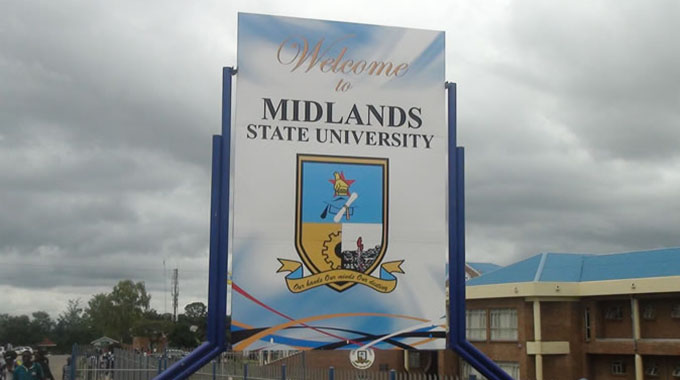
Midlands State University (MSU)
These are some of the successes that have been recorded in the country since the adoption of Education 5.0 in the higher and tertiary sector as Government moves to advance a knowledge driven economy through the use of local resources.
Factories are being established at universities which were dormant for years and industrialists accused of not responding to the national challenges as they implemented Education. 3.0 which only focused on teaching, research and community services.
However, the advent of the Second Republic in 2018 resulted in a paradigm shift as Government adopted Heritage Based Education 5.0 where institutions were being challenged to innovate and industrialise the country.
Higher and Tertiary Education, Innovation, Science and Technology Development Professor Amon Murwira briefed Cabinet on Tuesday that Education 5.0 has started to produce tangible results as universities were now producing industries.

Minister Monica Mutsvangwa
Information, Publicity and Broadcasting Services Minister Monica Mutsvangwa revealed the strides that have been made to advance a knowledge driven economy during a post-Cabinet briefing.
She said the higher and tertiary ministry is implementing a knowledge driven revolutionary to advance the country towards attaining Vision 2030 under “Chimurenga Chepfungwa” and “Nyika inovakwa nevene vayo” initiatives.
“Heritage-Based Education has five components, namely teaching, research, community service, innovation and industrialisation. This is meant to move the nation forward towards an innovation led and knowledge-based economy,” said Minister Mutsvangwa.
“The activities are guided by priority programmes on innovation, science and technology development; and human capital development that produces goods and services. The ministry’s strategic thrust is the attainment of an upper middle-income economy by 2030 through the ‘Chimurenga Chepfungwa’ and ‘Nyika inovakwa nevene vayo’ initiatives.’”
Minister Mutsvangwa said through such initiatives, Government was able to save millions in foreign currency during the height of the Covid-19 pandemic as universities stepped up to produce protective clothing.
“The progress registered by the ministry on the implementation of some of the programmes and projects of national importance is as follows: semi-automated manufacturing plants for the local production of industrial and household personal care products, personal protective equipment and allied health products were established at State Universities thereby saving the nation US$12 million in imports,” she said.
“A number plate manufacturing plant called TransTech Solutions was established at the University of Zimbabwe thereby internalising the production of number plates.”
Minister Mutsvangwa said the higher and tertiary institutions are also beneficiating indigenous fruits such as amarula/mapfura.

Minister Professor Amon Murwira
“A mapfura/amarula beneficiation plant was established in Rutenga, Mwenezi District. A cough mixture, COFSOL was also launched in partnership with the National Biotechnology Authority (NBA) and is readily available in pharmacies,” she said.
“Verify Engineering Medical and Industrial Gases was established and is producing medical and industrial oxygen, acetylene gas and liquid nitrogen are being successfully produced in Manicaland. Oxygen is being exported to Mozambique.”
The minister said Government also launched the geospatial, aeronautical, and space science capability programme under the Zimbabwe National Geospatial and Space Agency (ZINGSA) which is responsible for the sending into orbit of Zimbabwe’s first Satellite (ZIMSAT 1).
“Work on ZIMSAT 2 is already underway. ZINGSA has produced a revised Agro-Ecological Zones Map, a National Wetlands map as well as high-resolution survey maps for improved urban land-use planning and control of settlements in Harare, Karoi and Masvingo,” she said.
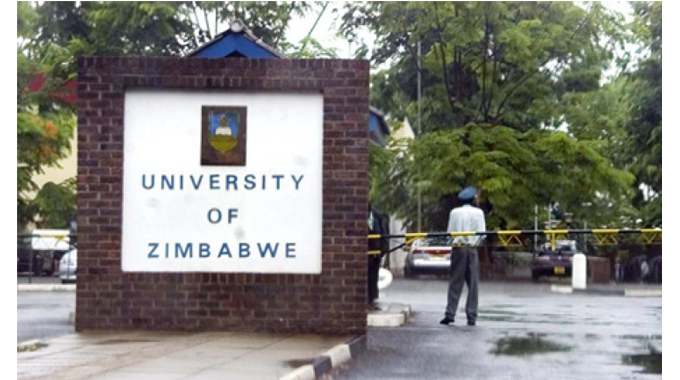
University of Zimbabwe
Minister Mutsvangwa said the higher and tertiary ministry has also launched a bio-economic programme where a company was established to refurbish a bio-diesel processing plant in Mutoko.
She said under the programme 75 000 litres of bio-diesel per day can be produced from the 30 000 litres produced at the moment.
Minister Mutsvangwa said plans are on course to start the local production of cooking oil using sunflower and a national Sunflower Outgrower Scheme has been started.
She said successes were also recorded in the clothing and textile sector as universities have managed to establish manufacturing factories.
“Clothing and textiles factories were set up at Midlands State University, University of Zimbabwe and Great Zimbabwe University, and these are producing personal protective clothing, corporate wear and other types of clothing for schools and institutions,” she said.
Minister Mutsvangwa said Innovation Hub infrastructure has been successfully constructed at five state universities.
“Under the programme a modern bus terminus was constructed at the University of Zimbabwe, the construction of the Simon Mazorodze Medical School was completed as well the construction and equipping of the Midlands State University National Pathology Research and Diagnostics Centre,” said Minister Mutsvangwa.
She said Agro-Industrialisation and Innovation Parks have been established at seven State universities across the country.
The Agro-Industrialisation and Innovation Parks are meant to promote agriculture research within universities considering the importance of agriculture in the country’s economic growth. -@nqotshili


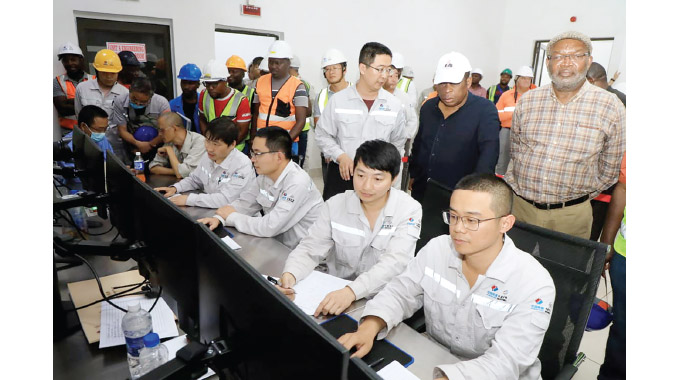
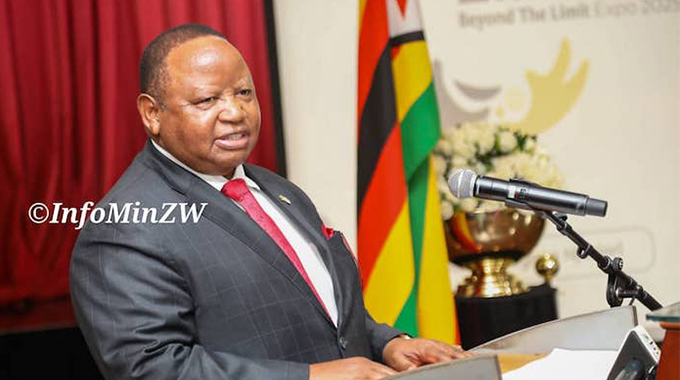
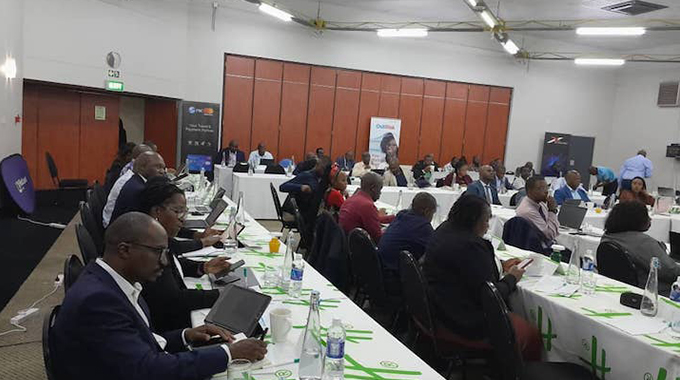







Comments